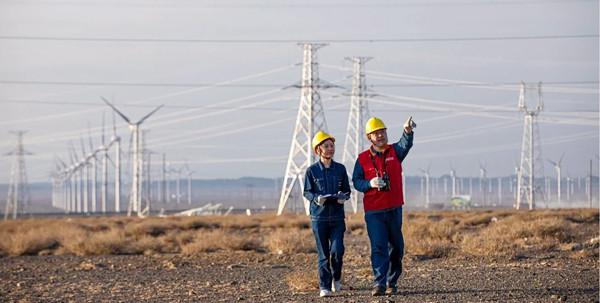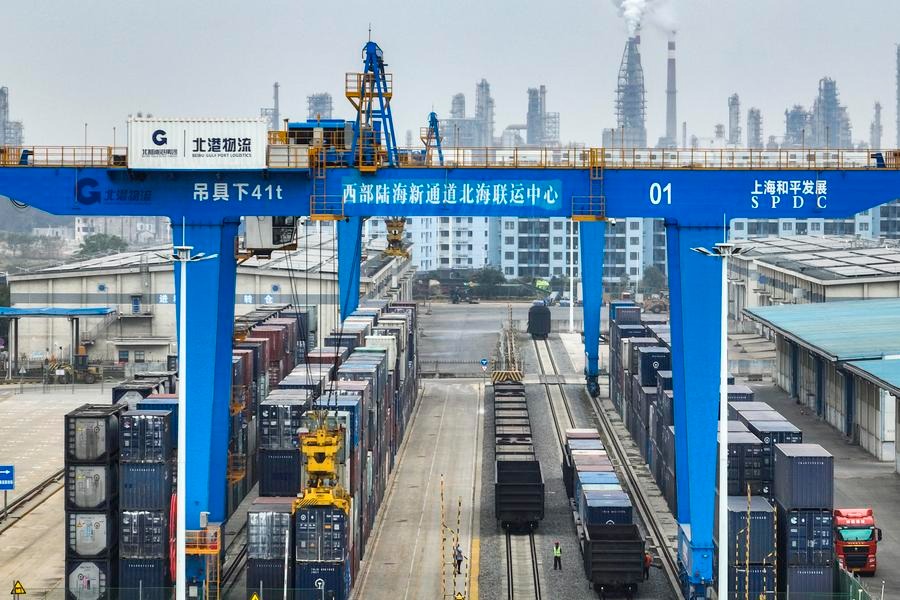Xinjiang leads China's renewable revolution with record energy transfers


China's northwestern region of Xinjiang has achieved a significant energy milestone, transmitting over 900 billion kilowatt-hours of electricity to 22 provincial-level regions across the country since 2010 — enough to power all 1.4 billion people in China for nearly 10 months. This effort has not only stabilized national power supplies but also accelerated the country's shift toward cleaner energy.
The Xinjiang Power Trading Center reported that nearly 30 percent of this electricity — about 260 billion kWh — came from renewable sources like wind and solar. By replacing coal-fired power, this green energy has cut carbon dioxide emissions by 212 million tons, equivalent to taking 46 million cars off the road for a year.
Xinjiang, rich in coal, wind, and sunlight, has built a network of cutting-edge power lines to share its resources. These include four major transmission routes, with two more under construction. The newest line, stretching 2,300 kilometers from Hami to Chongqing, will soon deliver 360 billion kWh annually to Southwest China—enough to power Chongqing's 32 million residents for over a year.
One standout project is the Zhundong-Wannan power line, the world's most advanced transmission system. Since 2019, it has sent enough electricity to eastern China to replace 10 billion tons of coal, avoiding massive pollution.
Xinjiang's renewable energy boom is reshaping its landscape. Vast solar farms and wind turbines dot deserts and grasslands, with green energy capacity tripling since 2020 to 100 gigawatts — equal to 100 large nuclear plants. In 2024, renewables generated 1,161 billion kWh, making them Xinjiang's top power source.
The shift is also economic. Landmarks like the all-renewable-powered Sayram Lake tourist zone highlight this transformation, where wind turbines blend with scenic views, highlight this transformation.
To manage this growth, Xinjiang is upgrading its grid and partnering with other provinces. Using smart trading systems, it sends surplus solar power to eastern regions during peak afternoon hours and wind energy at night. "We match supply with demand in real-time," said Song Xueqiang of the Xinjiang Power Trading Center.
The region's success offers a model for China's carbon neutrality goals. With two more transmission lines set to launch by 2026, Xinjiang aims to supply half its exported power from renewables, up from 30 percent today.




































